Safari guests at Kruger National Park were treated to a sighting of two leopards playing up in the trees during the day, unusual for leopards which are typically most active between dawn and dusk. Believed to be a mother and daughter, the leopards seemed utterly unconcerned with the guests watching them.
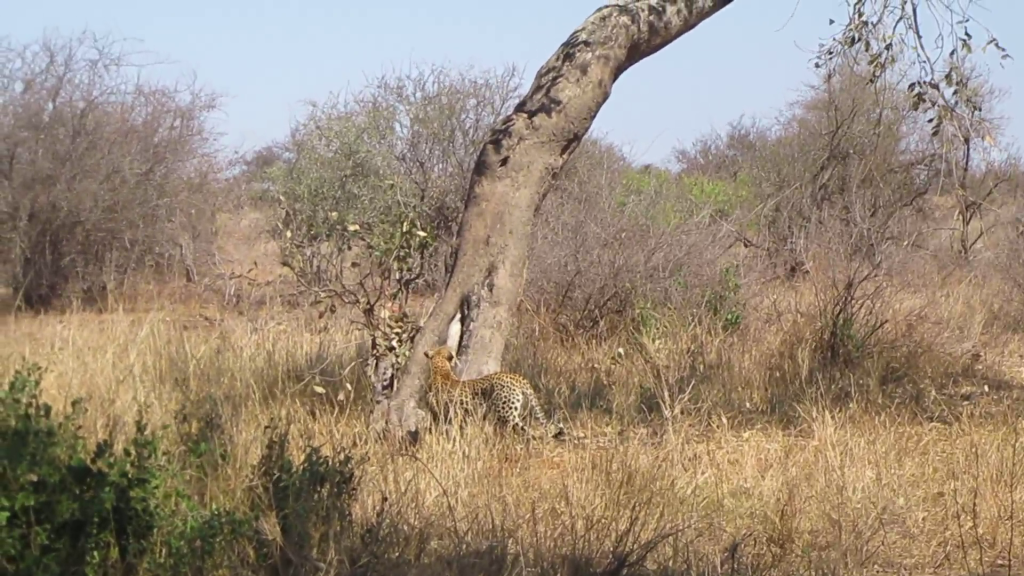
With one already high in the tree, the other began sizing up its attack. This didn’t seem to be a territorial dispute, which is one of the main reasons leopards fight each other, but instead gave the impression of being a play fight.
Watch the sighting:
Climbing Cats
All big cats are capable of climbing when the need arises, with lions and tigers mostly climbing as cubs and less often as adults, but leopards are the undisputed best big cats when it comes to climbing. These two used it to their advantage to add a little more tension into their family games.
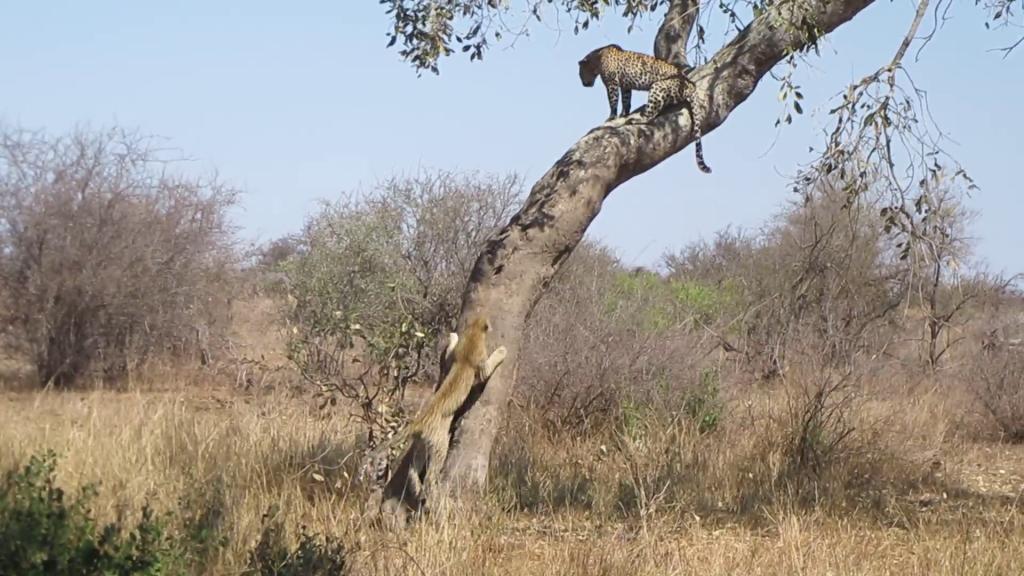
Leopards are so good at climbing trees that it only takes them seconds to get from the ground to the upper branches, a valuable skill when it comes to hiding themselves, or their food. Leopards are very solitary animals and rely on stealth to help them survive, rather than a pack or pride to support them, and out in the savanna one of the best places to hide is up a tree.
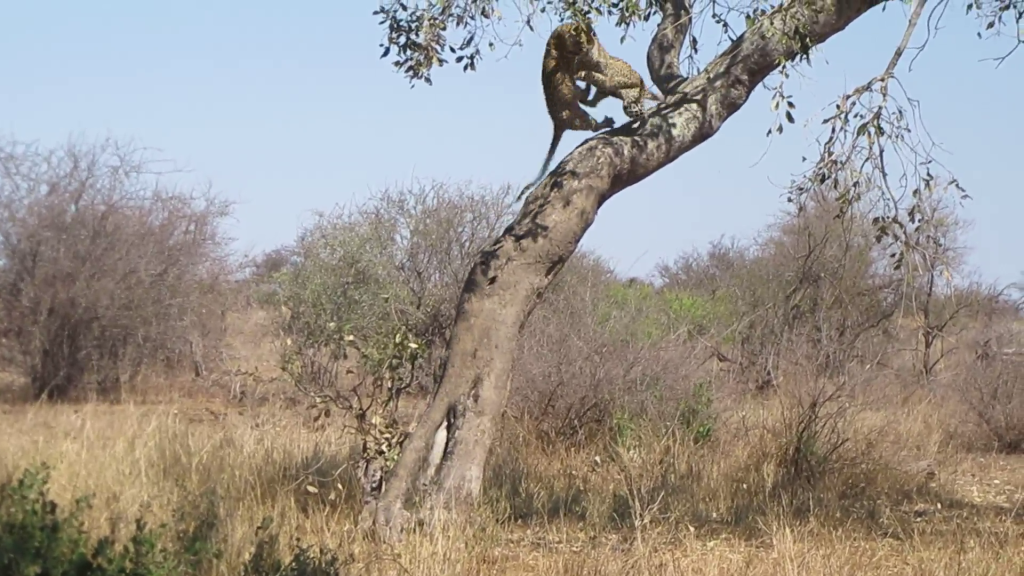
Falling Cats
This play fight got a little bit out of hand almost immediately though, with the two leopards getting so engrossed in their fight that they apparently forgot they were in a tree at the time. Luckily for them, it wasn’t a long way down.
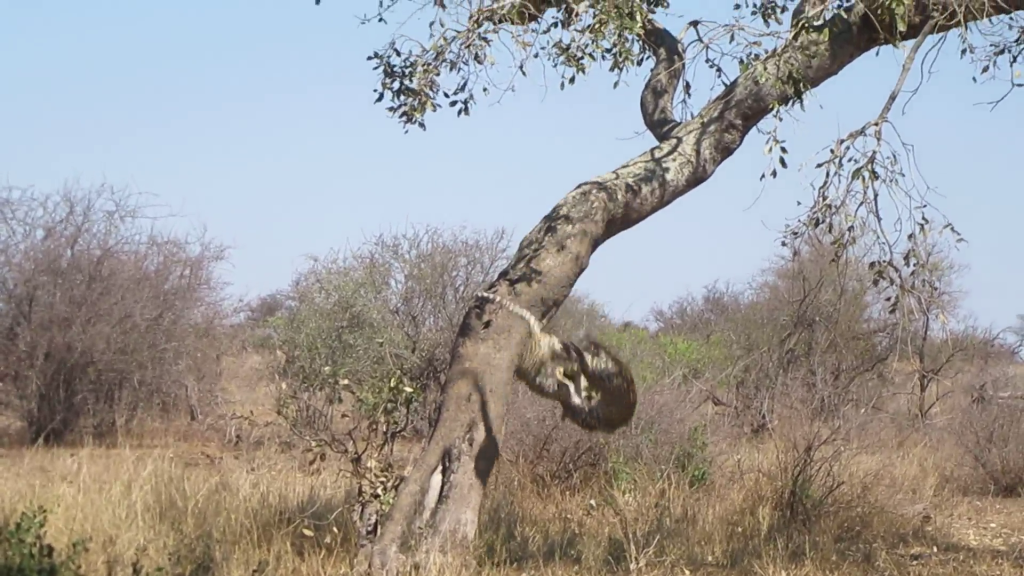
Neither leopard appeared to be harmed by the fall, and it wasn’t even severe enough to end the game immediately, with the scrap carrying on while they both lay on the ground.
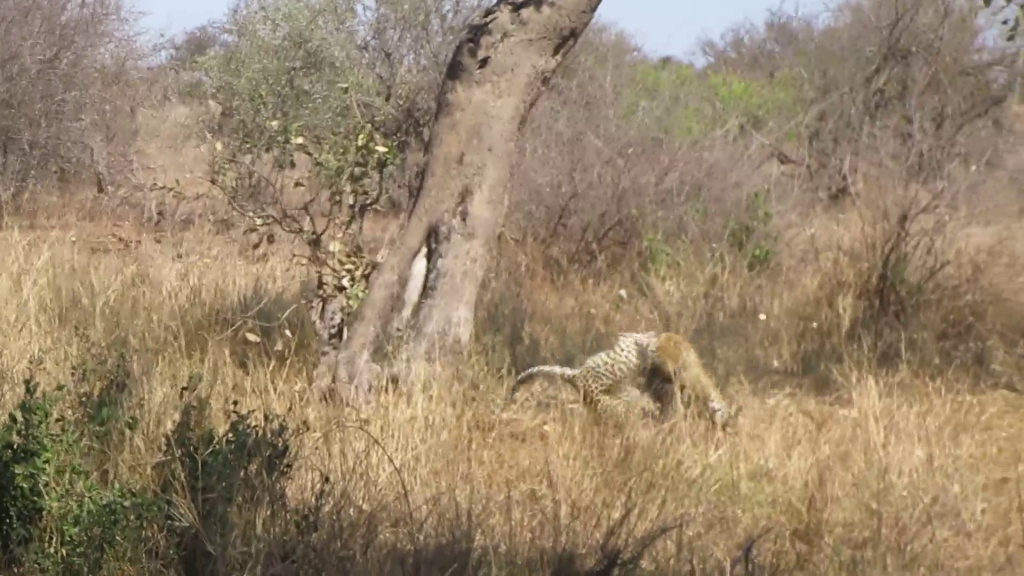
Solitary and Territorial
Ordinarily, leopards are very solitary animals, and the only time adults would spend together would be during mating season, or while fighting over territory. The exception is female leopards who will spend time with their cubs for up to two years after they’re born, even when those cubs can usually defend themselves after a year.
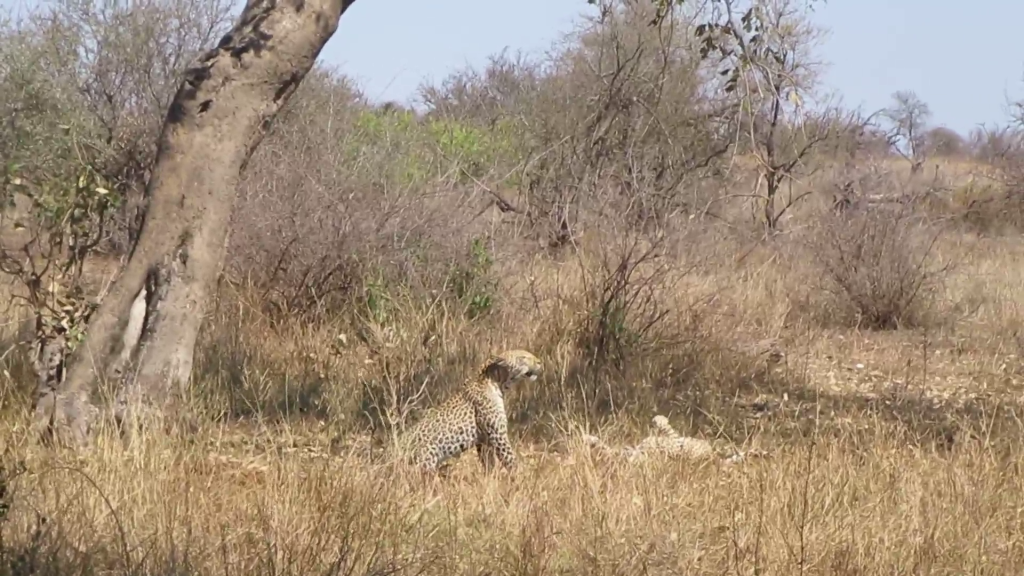
Playing Well With Others
Before they get old enough to defend themselves, leopard cubs are vulnerable to predators, and can have a mortality rate of up to fifty percent, making their stealth a valuable ability.
Even adult leopards are at risk from other predators like hyenas and lions, which also roam in the Kruger National Park, and typically hunt in packs and prides. These animals can overcome a lone leopard, or swoop in and steal a kill after the leopard’s put in all the work.
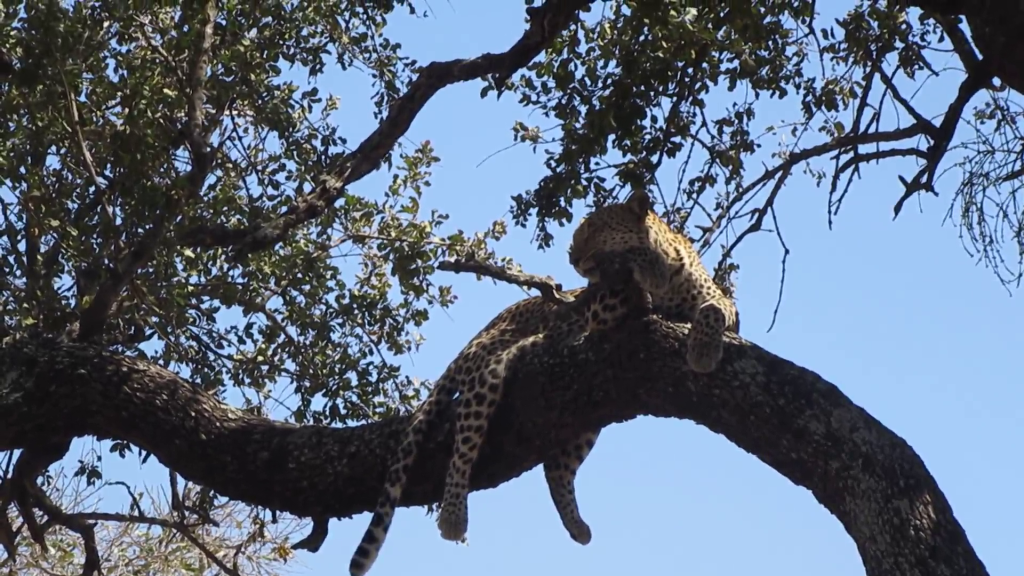
It’s largely for that reason that leopard’s developed the habit of hiding their prey in the trees, but even here they aren’t safe. Although lions aren’t as good at climbing as leopards, they’re very capable of stealing the food that leopards leave in the trees for later, meaning that once again the poor leopard is going without an important meal.
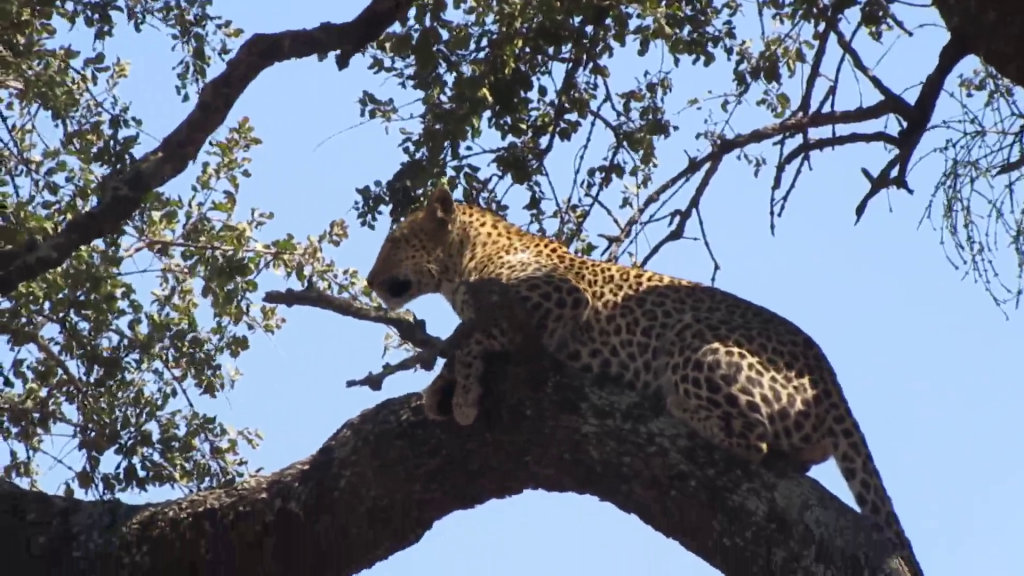
For that moment, though, both leopards seemed happily unconcerned with the challenges facing them, and more than content to play and lie in the sun.
